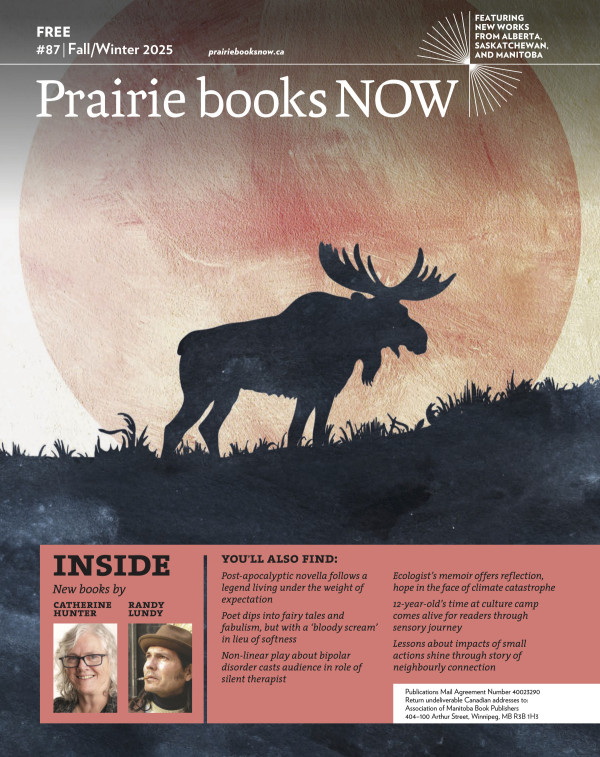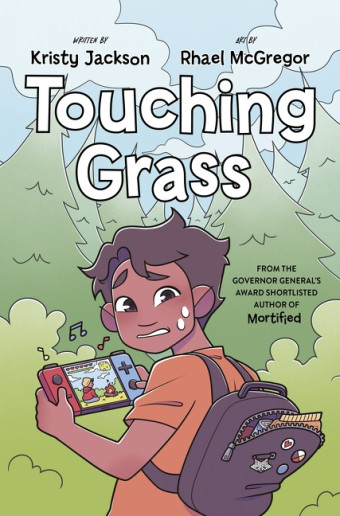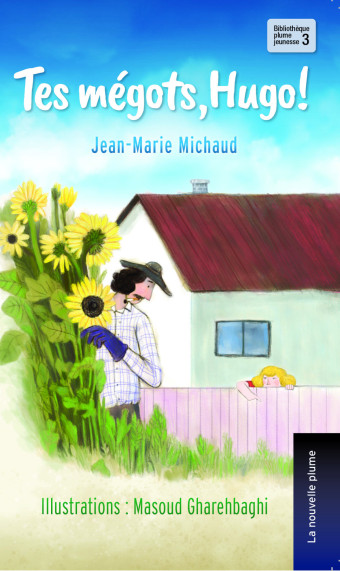In the midst of a climate crisis, it has never been more important to understand how ecosystems work. That’s why Hetxw’ms Gyetxw, or Brett D. Huson, of the Gitxsan Nation in northwestern British Columbia, decided to write engaging and informative books about the creatures on his home territory.

- The Raven Mother
- Hetxw’ms Gyetxw Brett D. Huson, Natasha Donovan (Illustrator)
- Portage & Main Press
- $24.95 Hardcover, 32 pages
- ISBN: 978-17-74920-03-9
The sixth title in Huson’s award-winning Mothers of Xsan series, The Raven Mother follows Nox Gaak throughout the seasons in the Gitxsan Nation. Readers discover how she cares for her chicks with the help of her lifelong partner, how ravens’ hoarding and scavenging help ecosystems thrive, and that ravens are playful, loving creatures.
“Our people deeply revere the raven because they are brilliant. At one time, we even had some basic dialogue with ravens. Those that lived nearby would learn our words and ask for different foods or even play,” says Huson.
Huson, who works with the Prairie Climate Centre at the University of Winnipeg, says that sharing his People’s knowledge with children is key.
“A rudimentary understanding of the interconnectedness of everything around us is the perfect place to instill a sense of awareness and concern for one’s home. I wanted to try and show a little bit of what I was learning outside of public school when I was a child,” he says.
The illustrator of the series, Natasha Donovan, is a Métis artist who grew up in Vancouver, and who now lives by the Nooksack River in Washington State. Her artwork brings Huson’s storytelling to life through bold hues and the dynamic style of graphic novel illustrations.
“I want to convey a sense of how vibrant and alive the earth is, that it’s not a static backdrop to human life, but a living, breathing, dynamic entity,” she says.
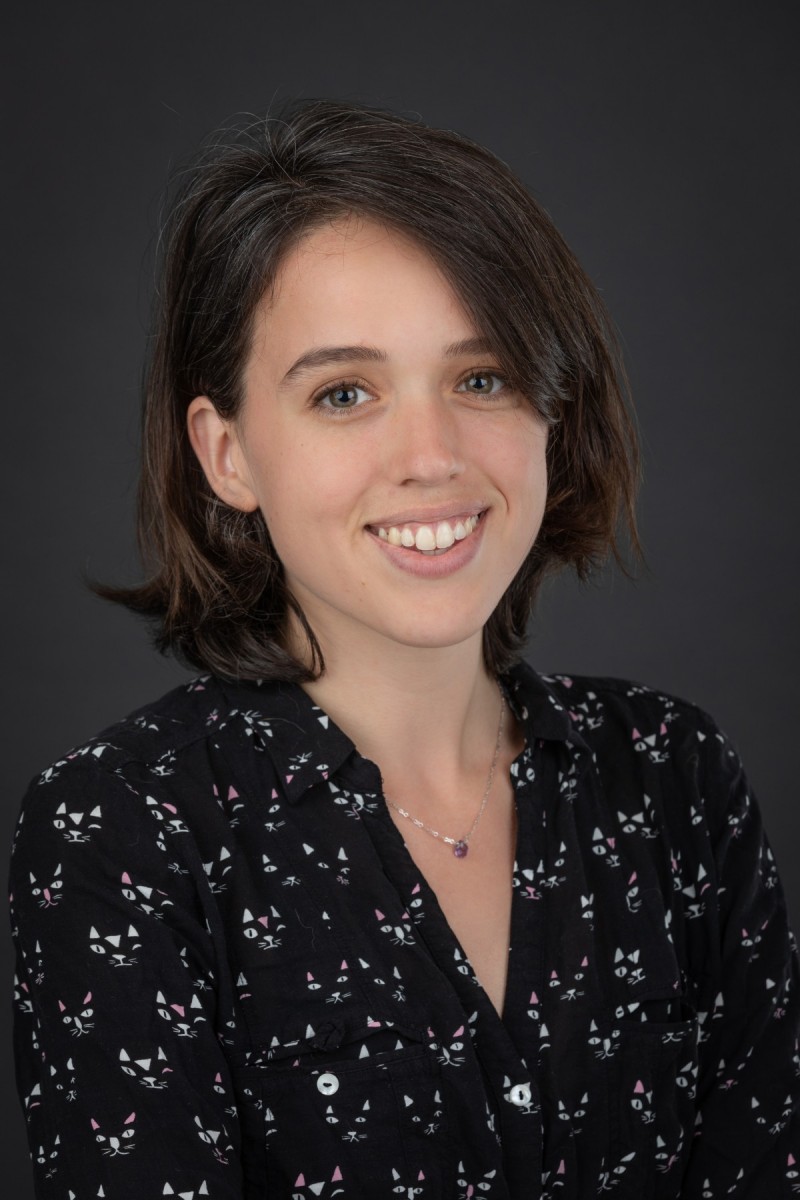
While the Mothers of Xsan series is targeted toward children, people of all ages can learn through Huson’s work, especially now when human threats to the environment are more and more evident.
“Many young people and people from all walks of life are now placing ourselves in a separate bubble where we create human-based policies to benefit our needs, which is not doing our ecosystems any good,” says Huson. “I wanted to try and offer us a change of perspective, as climate change isn’t the problem; it is merely a symptom of the problem, which is human behaviour.”
Donovan also stresses the value of the series for all readers.
“It’s important for humans of all ages to see themselves as part of a whole, a network of interdependent species; when you see yourself through that lens, it’s easier to understand the relationships you have with other creatures, and the respect and love that is owed to all of them,” she says.
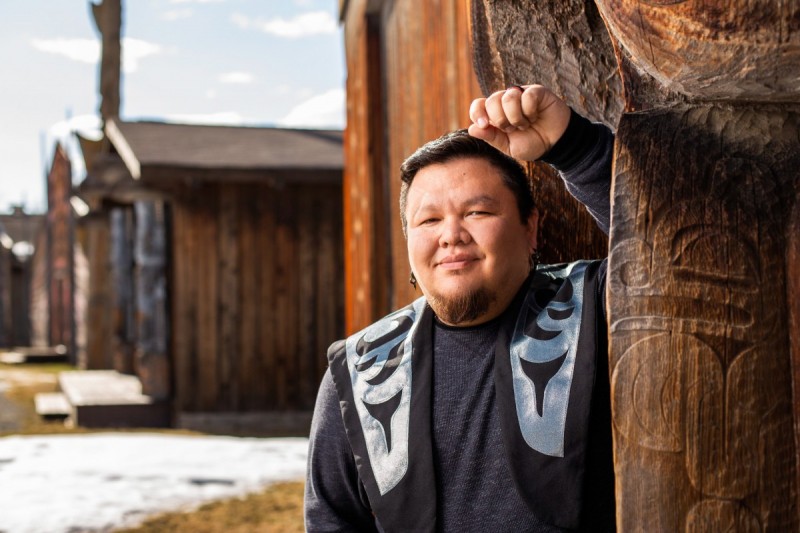
Huson plans to showcase more animals with whom the Gitxsan share the land. He hopes the Gitxsan teachings can help people reposition themselves in the world.
“Our behaviours are changing the world in a wrong way, and we need to change this if our children and subsequent generations [are to] survive far into the future,” says Huson. “The animals are each significantly tied to every single ecosystem. They are all part of the balance. Removing a species is similar to removing a piece of you.
“How will we exist if we keep giving a part of ourselves up?”

